OM System M.Zuiko Digital 20 mm f/1.4 PRO
5. Chromatic and spherical aberration
Chromatic aberration
Taking into account the compexity of the OM 1.4/20 optics and a high number of special elements inside we expected that both types of chromatic aberration would be corrected in an exemplary manner. The first surprise we got after looking at photos below. Colouring of out-of-focus images is quite visible; even if you can't call it very pronounced you most certainly can't say it's something negligible either. What's more, it stays visible even on stopping down the lens by 1 EV.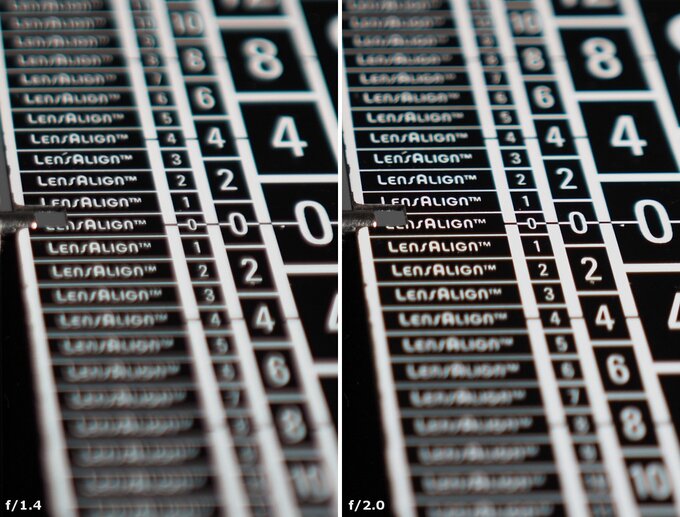 |
An even bigger surprise awaited us when we got lateral chromatic aberration results. Let's glance at a graph below.
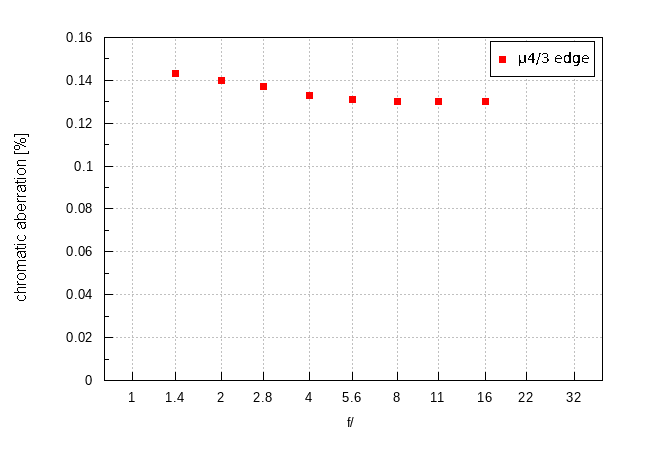
Please Support UsIf you enjoy our reviews and articles, and you want us to continue our work please, support our website by donating through PayPal. The funds are going to be used for paying our editorial team, renting servers, and equipping our testing studio; only that way we will be able to continue providing you interesting content for free. |
- - - - - - - - - - - - - - - - - - - - - - - - - - - - - - - - - - - - - - - - - - - - - - - -
The aberration depends weakly on aperture values and it keeps a significant level of 0.13-0.14% almost everywhere. These results are weaker than the results of two f/1.2 Olympus lenses, mentioned by us earlier, and the results of both Panasonics, the 1.7/20 and the 1.4/20.
Personally I am very disappointed that a standard lens with 11 elements, four of them made of low dispersion glass, corrects both types of chromatic aberration so weakly. It's worth mentioning that many full frame standard lenses dealt with this task far better in our tests and these were much simpler double gauss constructions, just 6-7 elements without any special ones. I think the OM System M.Zuiko Digital 20 mm f/1.4 PRO has a big slip-up in this category.
| Olympus E-M5 II, RAW, f/1.4 | Olympus E-M5 II, RAW, f/8.0 |
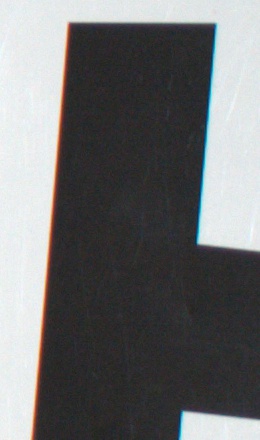
|

|
Spherical aberration
When it comes to spherical aberration it is corrected quite well, never producing a 'focus shift' effect – the first photo of this chapter is the proof. Its influence, however, can be noticed in photos of defocused light points – the circle before the focus has soft edges and the one behind the focus features a distinct, lighter rim. It is a classic symptom of this aberration and a piece of evidence that optics is not able to correct it completely. It's difficult to say whether you deal here with a deliberate choice of the producers which is supposed to ensure smoother blurry areas or a price you have to pay for a better correction of other aberrations.
| Olympus E-M5 II, f/1.4, before | Olympus E-M5 II, f/1.4, after |
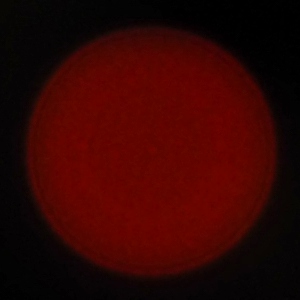
|
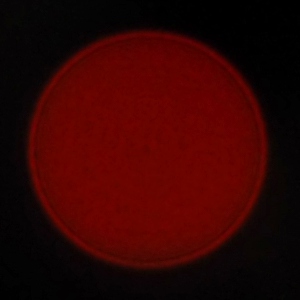
|






